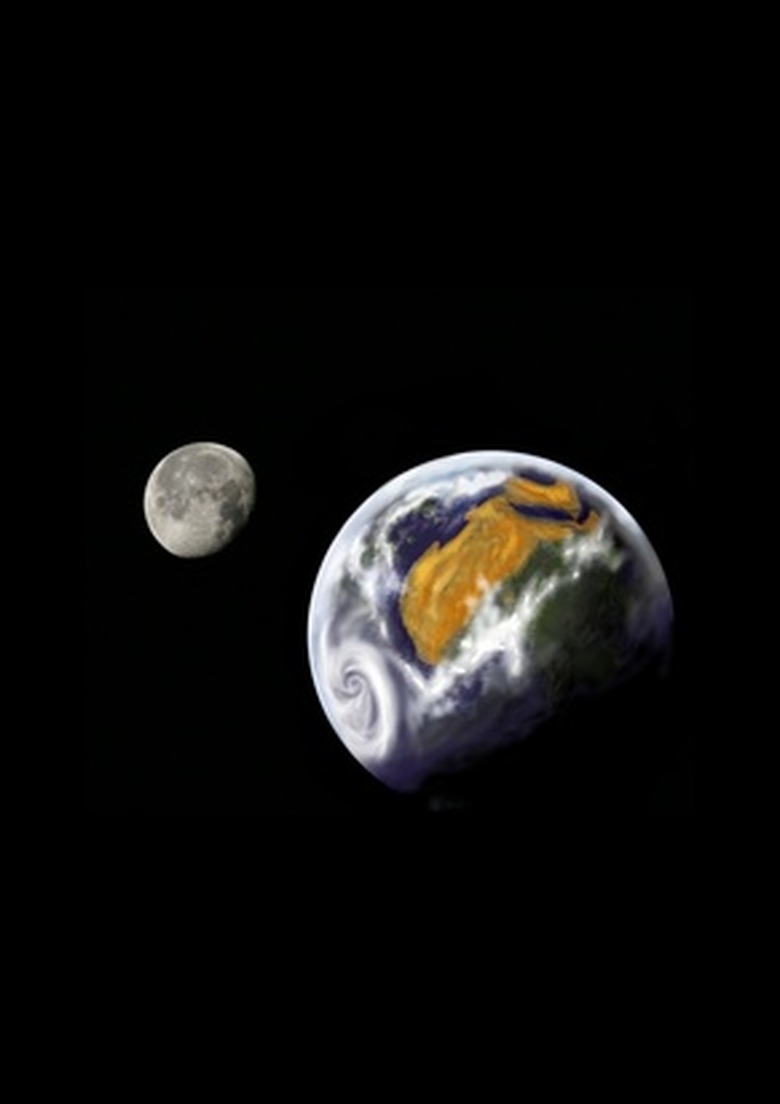How To Compare Earth To Neptune
Although they share a solar system, Earth and Neptune are vastly different. While Earth supports life, Neptune is a mysterious planet on the outer edges of the solar system. Comparing the two planets highlights their unique characteristics.
Size
Size
Neptune is nearly four times larger than Earth, according to the National Aeronautics and Space Administration (NASA). Neptune's diameter is 30,775 miles across the equator, while Earth's diameter is only 8,000 miles.
Orbit
Orbit
Neither Earth nor Neptune orbit the sun in a perfect circle; their orbits are more oval-shaped, or elliptical. While Earth circles the sun once a year, Neptune takes 165 Earth years to complete its orbit.
Surface
Surface
Rocks and water cover the surface of the Earth, giving humans and animals a firm footing. Meanwhile, Neptune has no solid surface. Like Earth, Neptune's surface is composed of silicates and water, as well as hydrogen and helium.
Wind Speeds
Wind Speeds
NASA states that clouds on Neptune whip around the planet at a rate of up to 700 miles per hour. The fastest winds recorded on Earth were 231 miles per hour in 1934, according to Mount Washington Observatory.
Moons and Rings
Moons and Rings
Earth has only one moon, but Neptune has 11. Neptune also has three rings–a trait Earth lacks.
Cite This Article
MLA
Mackenzie, Ashley. "How To Compare Earth To Neptune" sciencing.com, https://www.sciencing.com/compare-earth-neptune-6884538/. 24 April 2017.
APA
Mackenzie, Ashley. (2017, April 24). How To Compare Earth To Neptune. sciencing.com. Retrieved from https://www.sciencing.com/compare-earth-neptune-6884538/
Chicago
Mackenzie, Ashley. How To Compare Earth To Neptune last modified March 24, 2022. https://www.sciencing.com/compare-earth-neptune-6884538/
